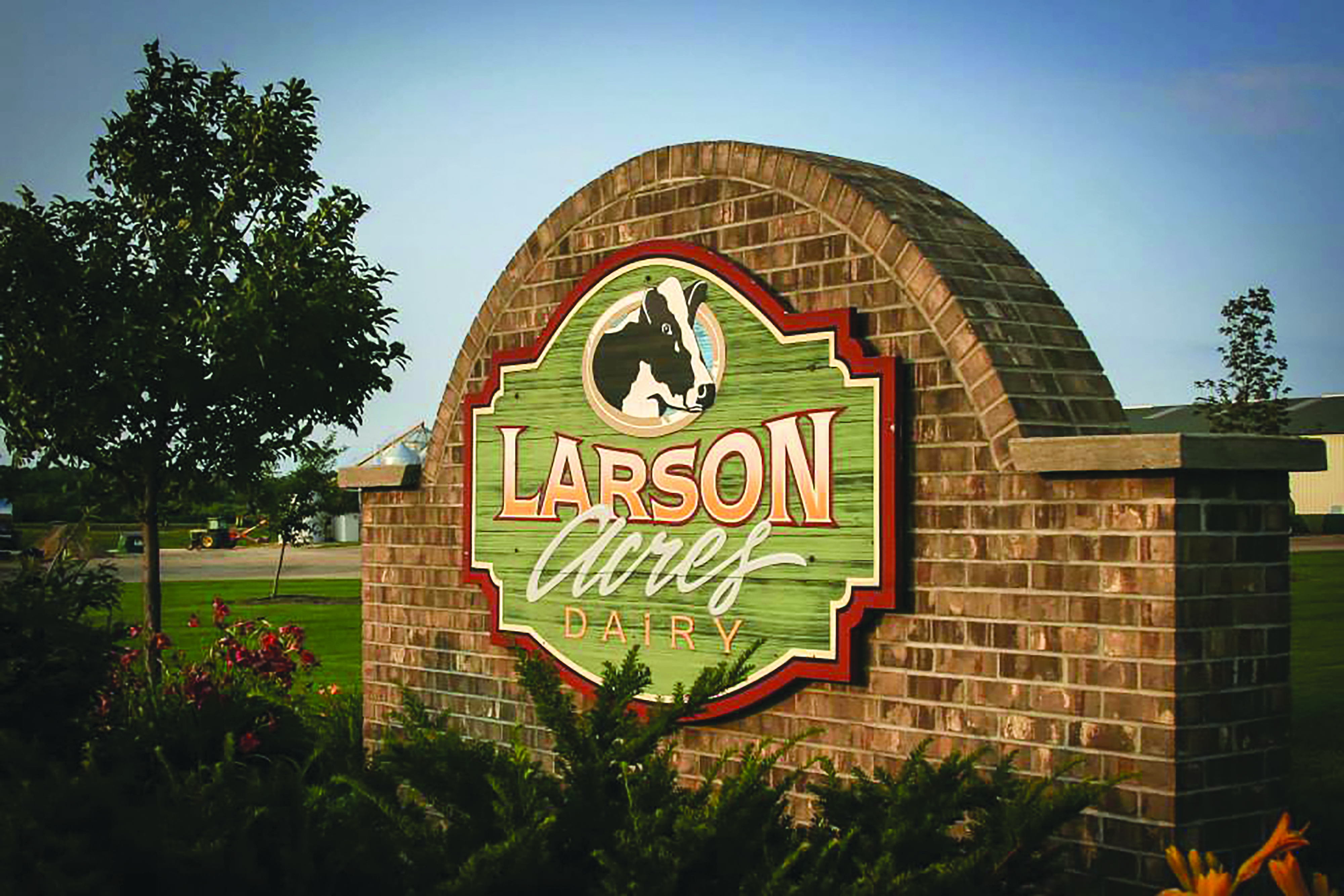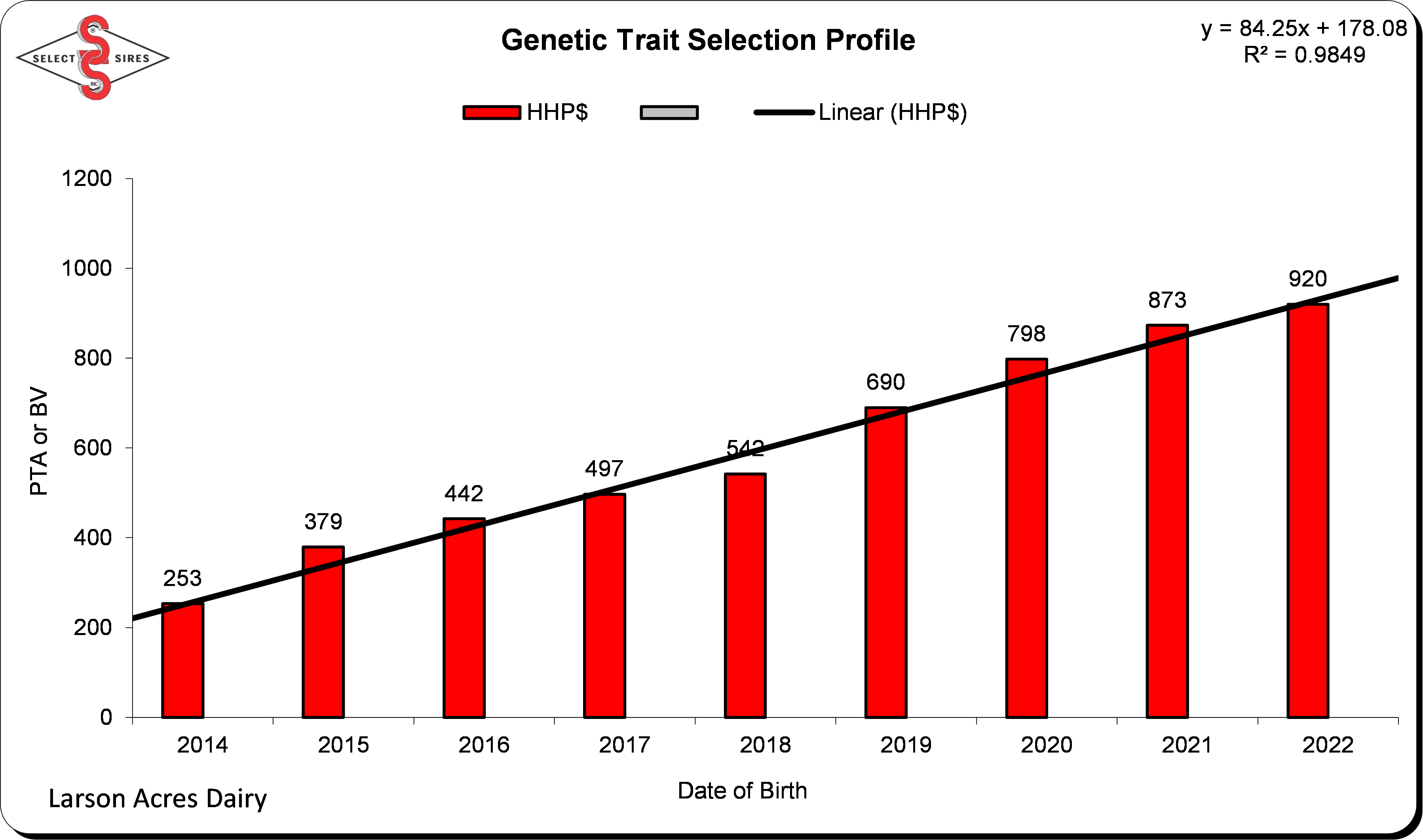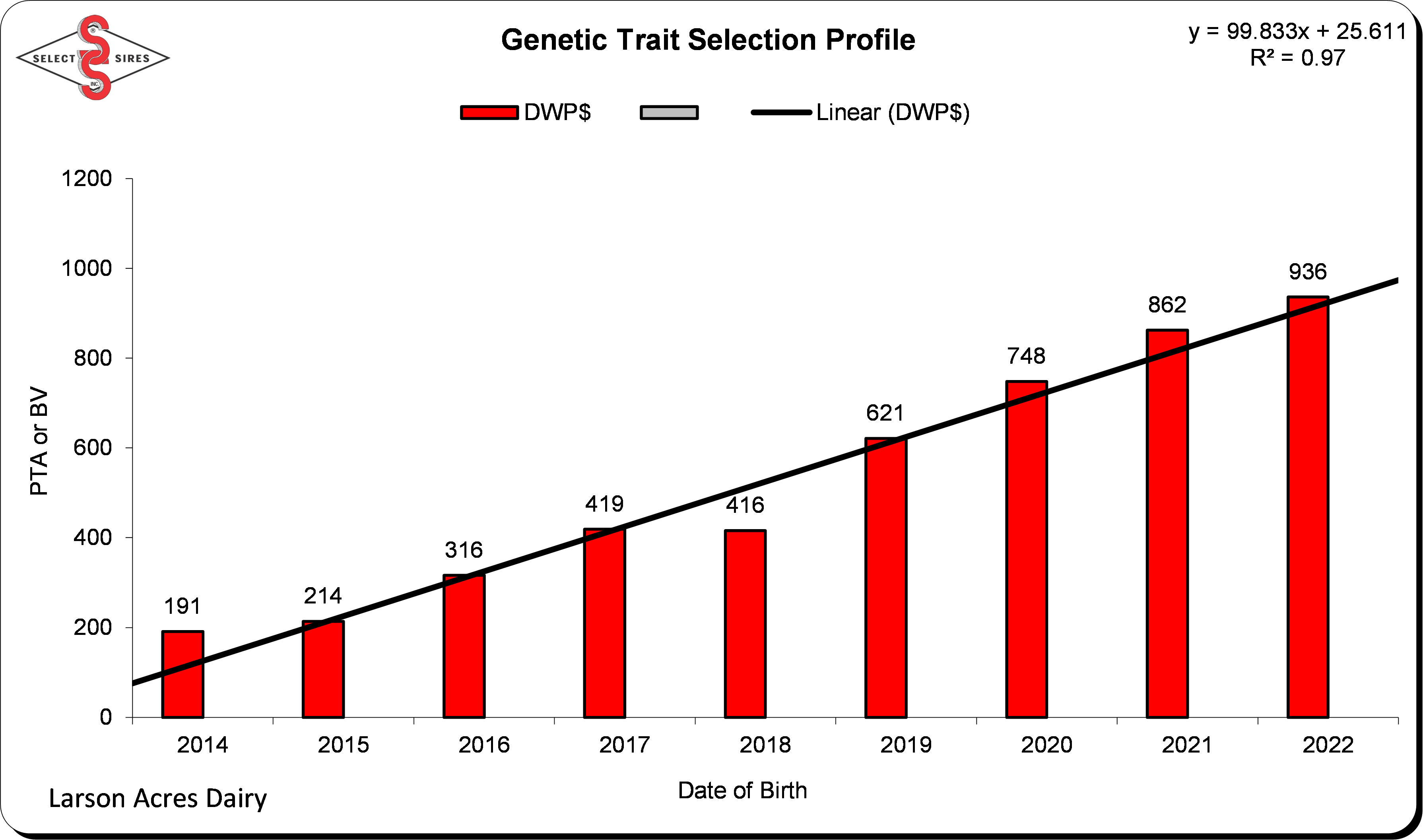
- A dairy owner that can increase the average productive life of cows in the herd from 2.5 lactations per cow to 3.33 lactations per cow should generate an average of $45 in extra profit per cow per year.1
- Dechow and DeVries determined that the optimal herd turnover rate, also referred to as herd culling levels, for production per cow and resulting profit per cow while optimizing genetic progress in the herd is between 25 percent and 30 percent.
- Along with increasing production and potential profit per cow, lower culling rates will reduce replacement needs, reducing heifer rearing program costs.
Herd data across the country shows, on average, that cows in their third lactation and greater contribute higher production per day than cows in their first and second lactation. However, these same cows were also well below the herd average for Pregnancy
Rate, had higher somatic cell counts and experienced more health challenges. To truly achieve the best return on investment, older cows need to be reproductively fit with better udder health and fewer health issues overall or they end up costing too
much in treatment and labor costs.
TOOLS TO BUILD HEALTHIER CATTLE
Dairy farmers often tell us their favorite cows are the ones they ‘don’t see.’ These are cows that show up for work every day and don’t cause issues because they stay out of the sick pen, breed back quickly and produce milk efficiently. A goal many progressive dairy owners have today is to create more of these ‘silent’ cows, and they have enhanced their genetic selection focus by using indexes that have an increased focus on health and fitness, such as Dairy Wellness Profit Index® (DWP$
®) and Select Sires’ Herd Health Profit Dollars
™ (HHP$
™
). Both indexes have the potential to create more cows that will produce profitable milk yields with good component levels and lower somatic cells while staying healthy and reproductively fit - all leading to longer herd life.

Larson Acres, located in Evansville, Wisconsin, is a model herd to illustrate the right mix of older cows that have less reproductive and health issues. With third lactation and greater cows making up 43 percent of the herd, health and wellness is a priority in Larson Acres’ breeding strategy and sire selection index and illustrates the effect of long-term focus on DWP$. Larson’s third lactation and greater cow group is also producing greater milk yields and more fat corrected milk.
To achieve a herd of healthier cows, owner Mike Larson is a strong proponent of DWP$ because he has experienced the higher lifetime production and good health of his higher DWP$ ranked cows. With this in mind, he continues to push the envelope on his
genetic strategy and increase his selection for elite health and wellness sires. Genomic averages for DWP$ by lactation show a healthy future for Larson’s herd with great potential for less health events and more profit.


BREEDING THE RIGHT KIND OF COW
In recent years, heifer inventories have been in the spotlight. As dairies employ smarter strategies to manage replacement numbers, there is less forced culling of older cows. The increase in the percentage of older cows in dairy operations presents a valuable opportunity to increase pounds of milk shipped per day, but it requires the right kind of cows. Health challenges are more likely with older cows and this cost to the operation’s resources can quickly impact profitability.
Using health-focused indexes like DWP$ or HHP$ will provide a higher percentage of cows that experience less health issues. To make the trade-off of more milk per day compared to the cost of older cows, breeding for healthy, fertile and trouble-free cattle will be critical.
References
1. Study referenced from University of Florida.